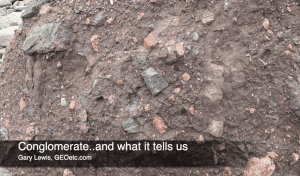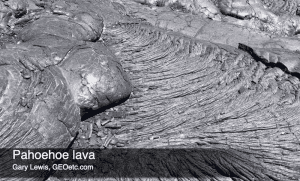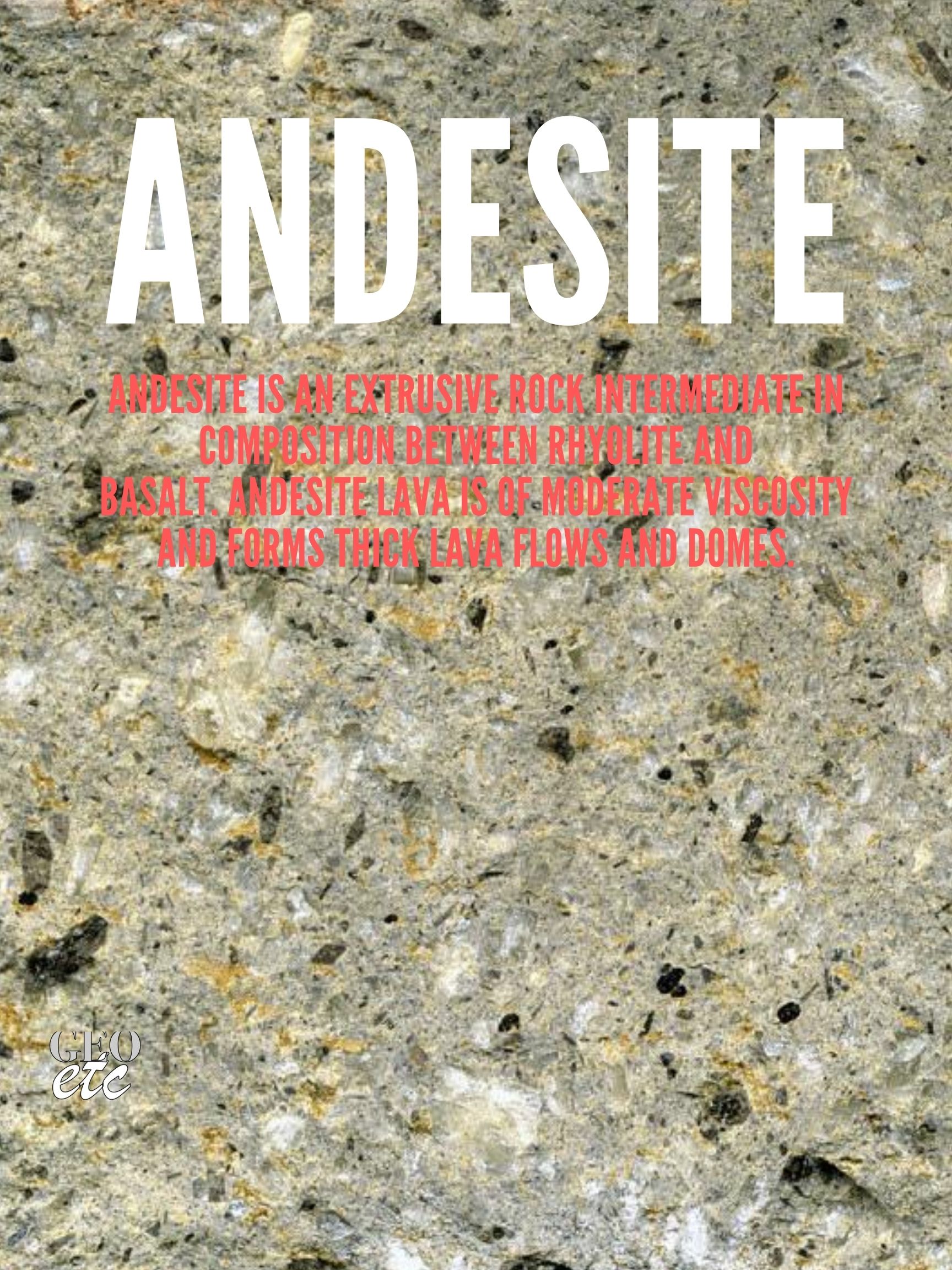Welcome to the Elementary Member Resources page. All the resources on this page are available to Members of the site. Everyone can view the list and range of resources, but unless you are a member you will be unable to access them.
On this page, we have pulled together all the resources that are suitable for the elementary classroom (depending on grade/age levels).
Why become a member?
- Get access to a range of tested Earth science classroom activities and teacher guides,
- Get access to posters, rock charts, and more,
- Get access to video clips and full classroom video-based modules,
- Get discounts on all our educator Field Adventures (does not include Geocaching trips)
- Get the quarterly journal The Earth Science Teacher emailed directly to you,
- Get discounts on other GEOetc services.
Who can become a member?
- Teachers, educators, college students, homeschoolers, retirees…anyone who has a passion for Earth science!
To become a member, you can click on any of the resources below and follow the ‘Register’ links or join up here.
All the resources suitable for Elementary are below! Click to jump to...
Past copies of the GEOetc membership journal The Earth Science Teacher can be found at the bottom of the page (Jump down).
Activities
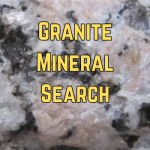
Granite Mineral Search

Rock Cycle Rock Types
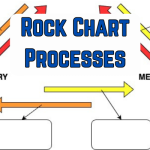
Rock Cycle Processes

Mineral Charts

Mineral Color

Gold Streak
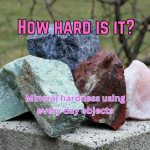
How hard is it?
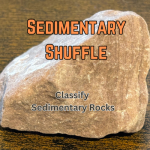
Sedimentary Shuffle

Sock Faults
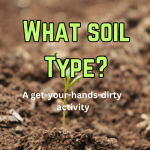
What soil type?
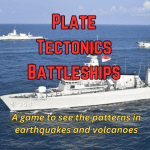
Plate Tectonics Battleships

What is doing it – Physical Weathering
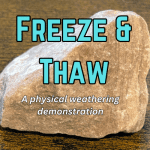
Freeze and thaw – physical weathering demo

Soil in a jar

How old was the tree?

What’s happening on Sebago Beach?

Toilet Paper Timelines

Name the Plates
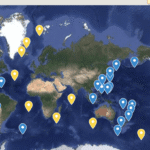
Earth’s Plate Tectonic Features

Using Gravestones
Discussion Starters
Short videos that can help you start discussions with your students.

What are these washed up rocks? (Pumice)

What is making the rocks look like this? (Weathering)

What is cutting through those rocks? (Igneous intrusion)

How did that rock get here? (Tsunami)
Phenomenon Video Snaps
These are short explainer videos that highlight some features or geological concepts.
Paper Models

Tyrannosaurus Rex Model

Nautiloid Model

Trilobite Model

Stratovolcano Model

Shield Volcano Model

Cinder Cone Model
Posters
Rock Posters
Print your own rock posters – downloadable PDF file. 4 full-color pages. These are 2 pages wide (17 inches/43 cm) and 2 pages high (22.7 inches/58 cm).
Sedimentary
Metamorphic
Igneous
Videos

Mathematics on an Active Volcano

Engineering on an Active Volcano

Technology on an Active Volcano

Science on an Active Volcano
Watcha Thinkin
Watcha Thinkin is a way to start discussions in your classroom about an Earth Science topic (aligned to the NGSS Storyline process).

Watcha Thinkin – Volcanoes
Writing Prompts
Earth science can be used for so many things – including prompts for creative writing. Here are some Earth science-related images. The teacher’s notes tell you what the images show – but leave it to your student’s imagination to write a story around what they see! You can download a writing worksheet with the image, or a copy of the image to display to your students in class or in Google classroom.
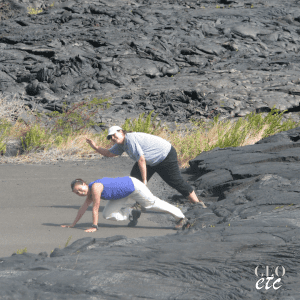
My story – Outrun the lava

My story – Lava tube

My story – Coconut Sprout

My story – Volcanic crater

My story – Horses to the falls

My story – Falling column

My story – Boy strikes it rich

My story – In the vent

My story – Devils Coach House

My story – Diamond Beach
The Earth Science Teacher
The Earth Science Teacher is the member journal of GEOetc. It comes out a few times a year and contains background information, teaching resources, links to member resources, and more.

TESTeacher 4.4 – Sedimentary Rocks

TESTeacher 4.3 – Erosion

TESTeacher 4.2 – Chemical Weathering

TESTeacher 4.1 – Physical Weathering

TESTeacher 3.4 – Igneous Intrusions

TESTeacher 3.3 – Rock Relationships

TESTeacher 3.2 – EarthCaching

TESTeacher 3.1 – Metamorphic Rocks

TESTeacher 2.4 – Glaciers

TESTeacher 2.3 – Iceland volcanoes

TESTeacher 2.2 – Divergent Plate Boundaries

TESTeacher 2.1 Fossils

TESTeacher 1.4 Deep Time

TESTeacher 1.3 Mineral Identification

TESTeacher 1.2 Volcanoes
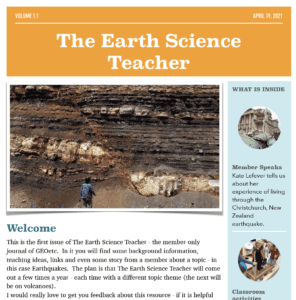
TESTeacher 1.1 Earthquakes




